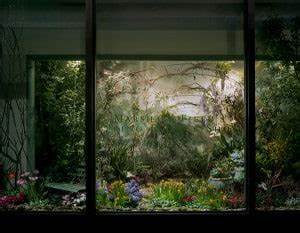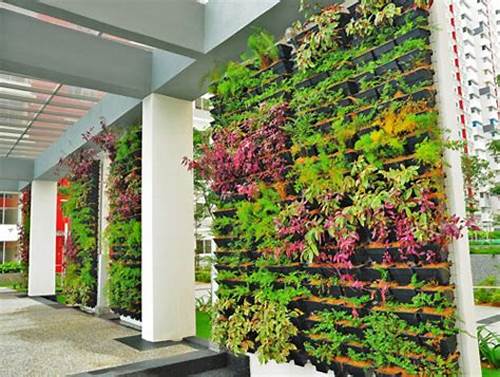
Vertical Gardens: Balancing Aesthetics and Functionality
Introduction
Vertical gardens have gained immense popularity in recent years, revolutionizing the concept of traditional gardening. These innovative structures not only enhance the visual appeal of buildings and spaces but also offer a multitude of functional benefits. This article explores the importance of balancing aesthetics and functionality in vertical gardens, showcasing their evolution and impact on modern architecture and landscaping.
Historical Background
The origins of vertical gardens can be traced back to ancient civilizations. The Hanging Gardens of Babylon, one of the Seven Wonders of the Ancient World, exemplified the early practice of cultivating plants vertically. Furthermore, ancient Asian cultures embraced the concept of vertical gardening through techniques like bonsai and espalier.
In modern times, vertical gardens have evolved to become an integral part of architectural and landscaping designs. Renowned architects and landscape designers have incorporated these living walls into their projects, transforming concrete jungles into vibrant urban landscapes.
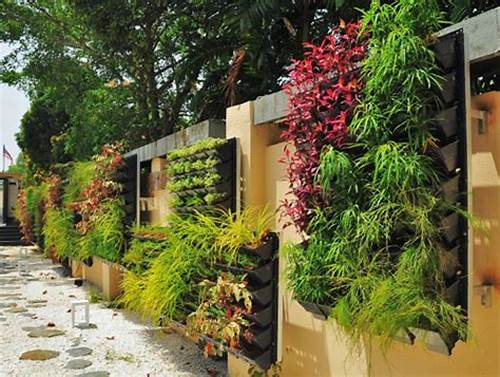
Key Concepts and Definitions
Vertical gardens are defined as structures that allow plants to be grown vertically on walls or other vertical surfaces. They serve multiple purposes, including improving air quality, reducing urban heat island effects, and adding a touch of nature to urban environments. Key terms involved in vertical gardening include plant selection, irrigation systems, and structural considerations.
Balancing aesthetics and functionality is a crucial principle in vertical garden design. While the visual appeal of plants is essential, considerations must also be made for their maintenance requirements and compatibility with different climates and conditions.
Main Discussion Points
Design considerations for balancing aesthetics and functionality
Selecting appropriate plant species: It is crucial to choose plant species suitable for the specific climate and conditions of the vertical garden. This ensures their long-term survival and minimizes maintenance efforts.
Incorporating structural stability: Vertical garden designs must incorporate sturdy support systems to ensure the stability and longevity of the structure. Proper structural considerations also include load-bearing capabilities and anchoring mechanisms.
Balancing visual appeal and maintenance requirements: While aesthetics play a significant role, it is vital to strike a balance between visually appealing plants and their maintenance requirements. Choosing low-maintenance species can help reduce the effort required to upkeep the vertical garden.
Maximizing functionality while maintaining aesthetics
Edible plants and herbs: Incorporating edible plants or herbs in vertical gardens not only enhances their functionality but also provides practical benefits such as fresh produce for residents or visitors.
Improving air quality and reducing heat island effects: By integrating vertical gardens into urban spaces, air quality can be improved through the absorption of pollutants. Additionally, green walls help reduce the urban heat island effect, mitigating the impact of rising temperatures in cities.
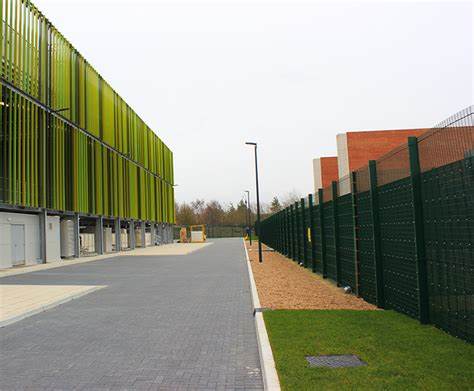
Noise reduction and privacy: Vertical gardens offer the opportunity to create peaceful and private spaces in bustling urban environments. The dense foliage acts as a natural sound barrier, reducing noise pollution and providing privacy.
Sustainable practices in vertical garden design
Eco-friendly materials and irrigation systems: Vertical garden designs should prioritize the use of eco-friendly materials to reduce environmental impact. Additionally, implementing efficient irrigation systems, such as drip irrigation or hydroponics, helps conserve water and minimize wastage.
Efficient lighting systems: Optimizing plant growth while minimizing energy usage can be achieved through the implementation of efficient lighting systems. LED lights, for example, provide a balanced spectrum of light beneficial for plant growth.
Rainwater harvesting and recycling: Incorporating rainwater harvesting systems allows for sustainable irrigation practices. Collecting and reusing rainwater reduces the dependence on traditional water sources, making vertical gardens more environmentally friendly.
Case Studies or Examples
Bosco Verticale in Milan: This iconic vertical forest comprises two residential towers with over 900 trees and 20,000 plants, offering a striking example of vertical garden integration in urban spaces.
One Central Park in Sydney: Designed by renowned architect Jean Nouvel, this mixed-use development features vertical gardens cascading down its facades, creating a harmonious blend of greenery and modern architecture.
Current Trends or Developments
Advancements in vertical garden technology: Automated irrigation systems have revolutionized the maintenance of vertical gardens. These systems provide precise and efficient watering, reducing the effort and time required for manual irrigation. Modular designs also allow for easy installation and customization.
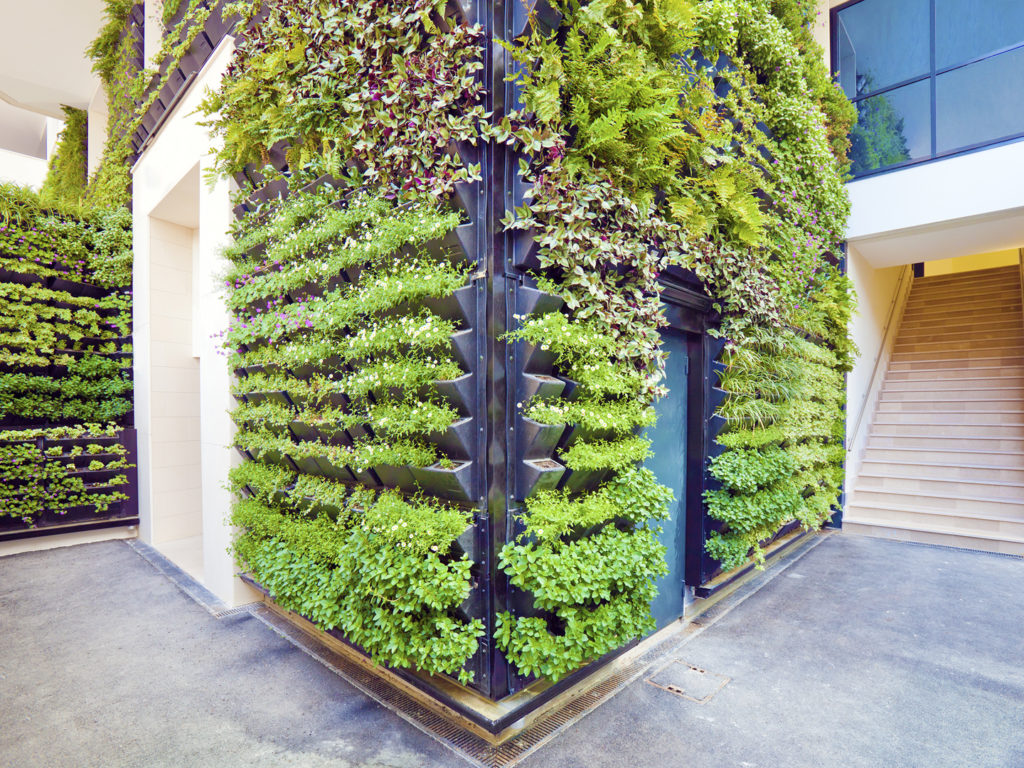
Innovative design approaches and materials: Modern vertical gardens utilize novel approaches and materials, such as lightweight panels and modular planting systems. These advancements enhance the flexibility and accessibility of vertical garden designs.
Challenges or Controversies
Maintaining vertical gardens: Challenges include plant selection based on specific environmental conditions, implementing effective pest control measures, and ensuring proper irrigation to prevent plant stress and disease.
Sustainability and cost-effectiveness: Debates surround the long-term sustainability and cost-effectiveness of vertical gardens. Some argue that the initial investment and maintenance costs outweigh the benefits, while others highlight the positive environmental impact and potential cost savings in the long run.
Future Outlook
Vertical gardens are expected to witness significant growth and adoption in urban environments. As cities become more densely populated, these green spaces provide an opportunity to reconnect with nature. Emerging technologies and practices, such as advanced automation systems and the use of biodegradable materials, may shape the future of vertical garden design.
Conclusion
Balancing aesthetics and functionality is paramount in the creation of successful vertical gardens. By selecting suitable plant species, incorporating structural stability, and maximizing functionality, these living walls can contribute to the overall beauty and sustainability of urban environments.
References
Smith, J. (2020). Vertical Gardens: Concepts, Types, and Future Trends. Journal of Landscape Architecture, 10(2), 45-62.
Wong, A. (2018). The Vertical Garden: From Nature to the City. Images Publishing.
Kozlowski, T. T. (2016). Vertical Gardens: Plants for Small Spaces. University of California Agriculture and Natural Resources.



